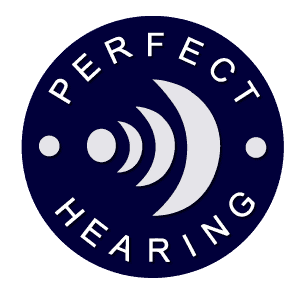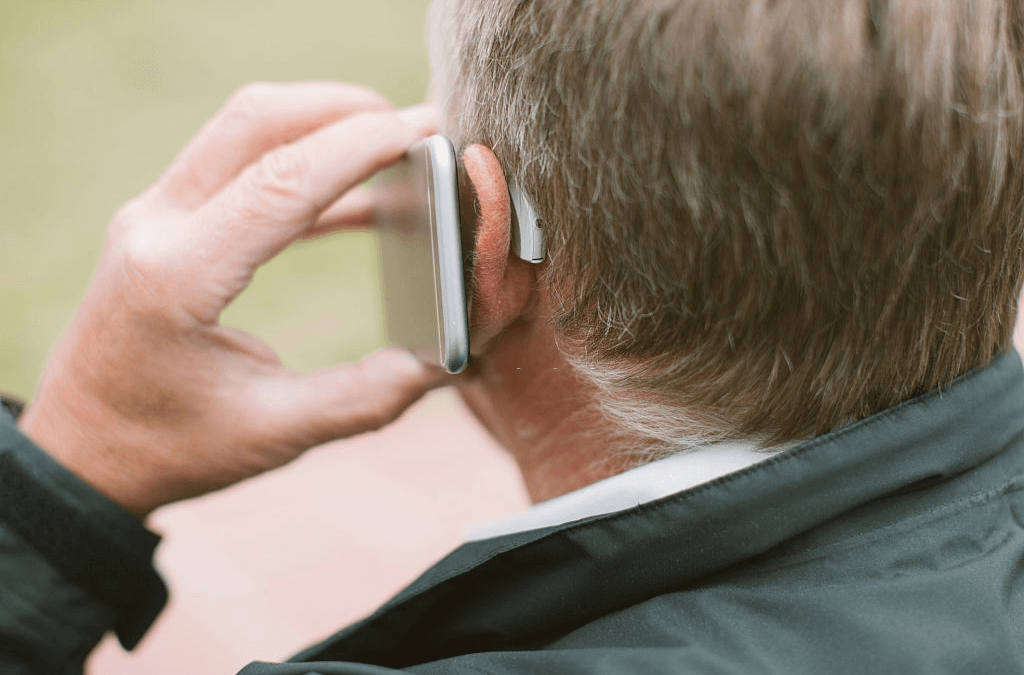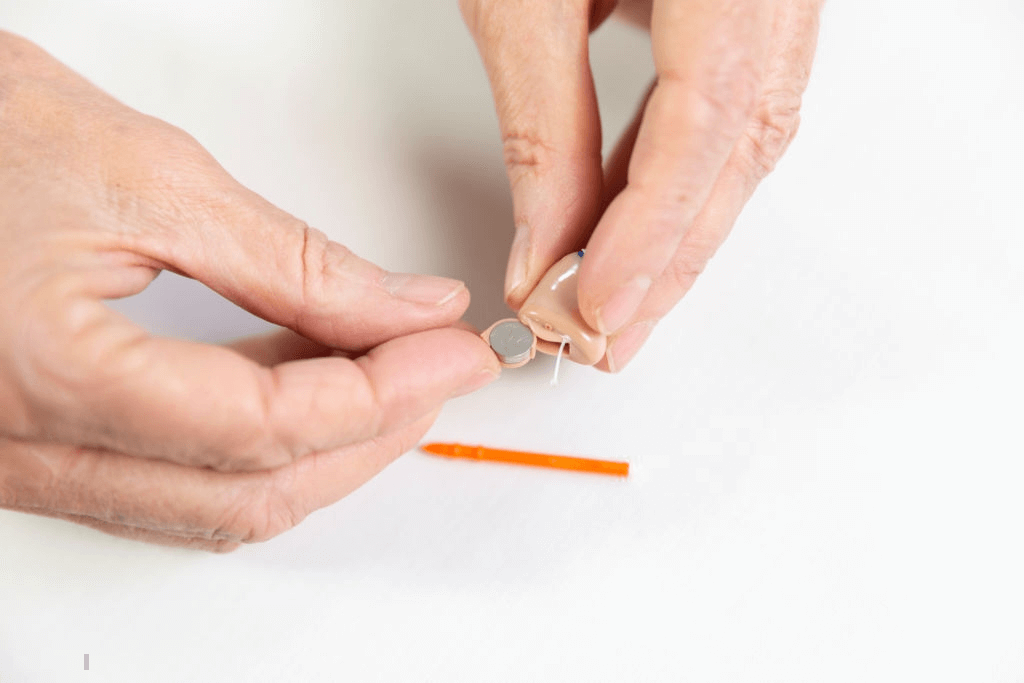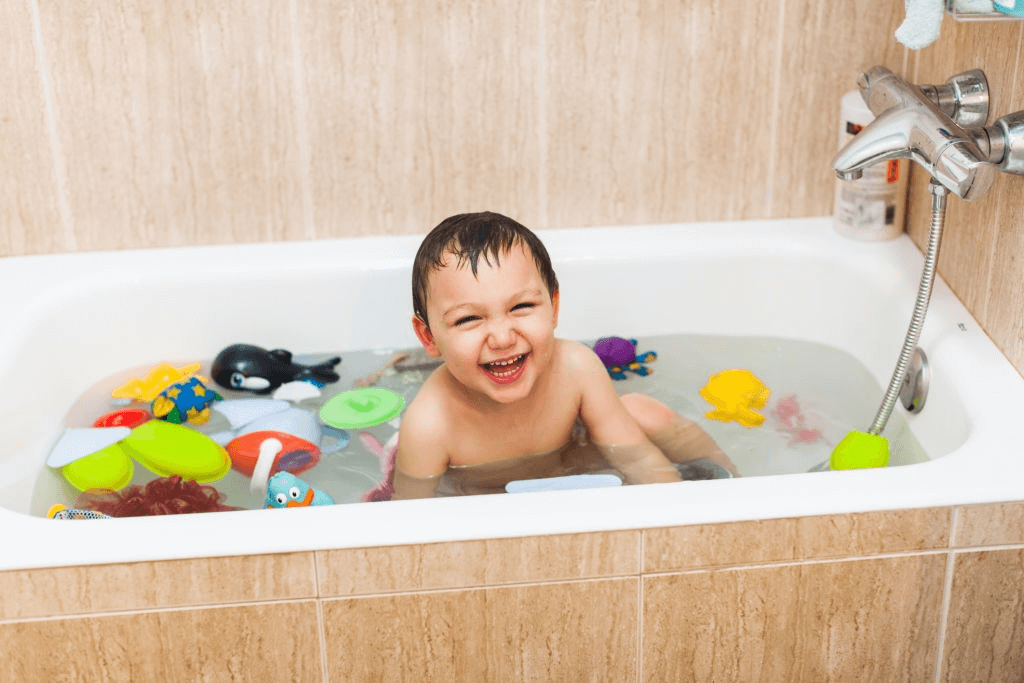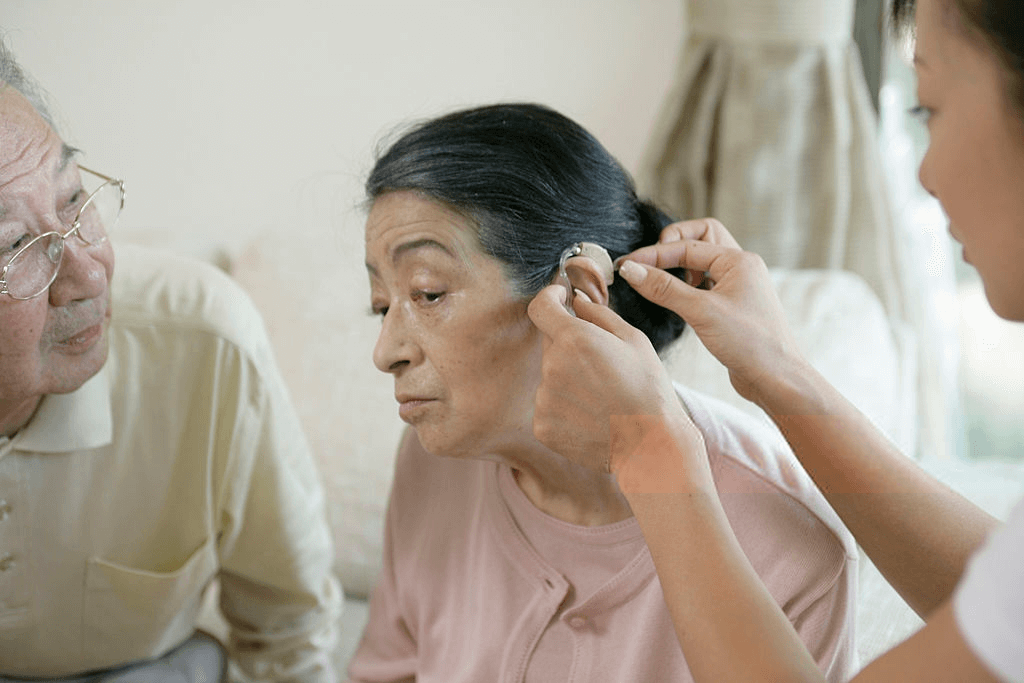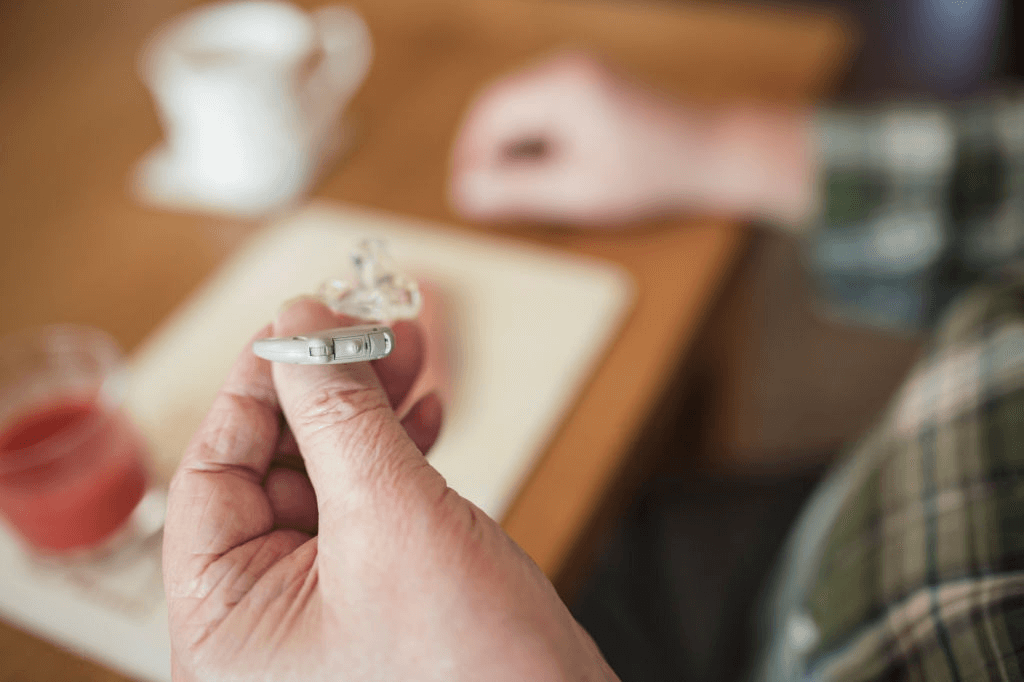If you rely on hearing aids to hear clearly at all times, you must have noticed some common problems that surface from time to time. It is also essential that you know how to fix these problems yourself – because some of them are not so serious.
Because these problems are not so serious, the new designs of hearing aids have evolved to accommodate almost all of these problems.
1. Battery problem
Since hearing aids are tiny devices, the battery required to run them is even smaller. Most hearing aids battery life isn’t strong enough to go all day. However, if you have modern hearing devices, the batteries are stronger and can go all day.
Solution
If you have the old-fashioned hearing aids with weak batteries, make sure you carry spare batteries around. Or, invest in a new hearing aid with lasting batteries.
2. Moisture problem
At some point, your hearing aids will come in contact with moisture, whether in the bath, pool, sweat, or rainy day. Even though most hearing aids are built to withstand the elements, including water, it’s best to avoid taking using the device in wet conditions.
Solution
If your device has come in contact with water, take it off immediately, open the battery compartment, and allow it to dry. If you must, take yours to a hearing aid centre in Johor Bahru for proper maintenance.
3. Excessive earwax
Earwax is known to interfere with the performance of hearing aids, especially when it is excessive. It can easily get into the microphone and other small parts of the device.
Solution
Clean your ears and hearing aids regularly to avoid excessive build-up of earwax. Also, if you’re going to buy a new hearing aid, purchase one with a protective coating.
4. Feedback and Static sounds
There are times when hearing aids pick up on their own operating noises. It usually happens when something rubs against them. They end up amplifying the sounds they’re making, causing a static, high-pitched squealing sound.
Solution
Don’t turn on your hearing aids until it is properly fitted in your ears. If feedback is still an issue, invest in hearing aid with the feedback elimination feature.
5. Keeping up with an active lifestyle
When you are newly introduced to hearing aids, it may feel a little strange. Despite its small size, new users have complained about the device being too bulky. So they wonder how they will maintain their usually active lifestyle like working out in the gym or wearing a helmet while riding a bike.
Solution
Hearing aids are now so small they are almost invisible. They won’t interfere with your usual physical activities, especially if you have an in-the-ear-canal version of hearing aids. They are perfect for people with an active lifestyle.
6. Sleeping
Most people new to hearing aid frequently ask what to do with their aids when it’s time for sleep. If you leave them on while you sleep, it can be discomforting. If you take them out, how will you hear your kids, your phone ringing, or if an intruder tries to break in?
Solution
There are hearing aids designs you can wear 24/7. Talk to your ear specialist about your concerns of wearing aids throughout the night. He will match you with a unique device that is customized to fit your sleeping needs.
7. Headaches
New hearing aid users may or may not experience mild headaches or ‘stuffy head syndrome’ when they’re trying to get used to the feeling and functionality of their device.
Solution
If the symptom persists or it becomes severe, there may be something wrong with the fitting or setting of your device. If you live in Johor or Singapore, visit a hearing aid centre in Johor Bahru to have your device adjusted and well-fitted.
8. Volume control
Old-fashioned devices used to require lots of volume adjustment, whether you’re listening to the TV, talking on the phone, or at a loud party. New users usually fear that they’ll have to do a lot of adjusting, even in public, thereby drawing attention to themselves.
Solution
Contemporary hearing aids are built to adjust to your surroundings automatically. You don’t need to do anything to adjust the volume manually. Some modern devices also come with remote control, with which you can discreetly adjust the volume when needed.
9. Swimming
People who work in water parks or spend more time around water are usually concerned about their device. Even though hearing aid manufacturers are making waterproof devices. They don’t wholly guard against water entering your device, especially if you spend too long submerged in water.
Solution
If you are going to spend a lot of time in the water, talk to your hearing aid specialist in Malaysia. He can make recommendations to suit your unique needs. Or, if you won’t have a problem with taking off your device for the length of time, you’d be in the water, then take it off during this time.
10. Malfunctions
Since hearing aids are usually small, most people are typically worried their device could easily be broken, especially when it falls to the ground, get eaten by their pet, or mistakenly stepped on. These things could happen if you’re not very careful. The real problem here is the replacement cost and downtime.
Solution
Be careful not to leave your device where it’s easily accessible to pets. And do not leave them on the floor or areas where you or anyone else walks often. Also, do not buy hearing aids online.
If the device begins to malfunction, the time you’d use to mail the device to the seller, and he to the manufacturer, and then back to you may be too long. Instead, shop locally and ask for additional coverage options in case of a malfunction.
